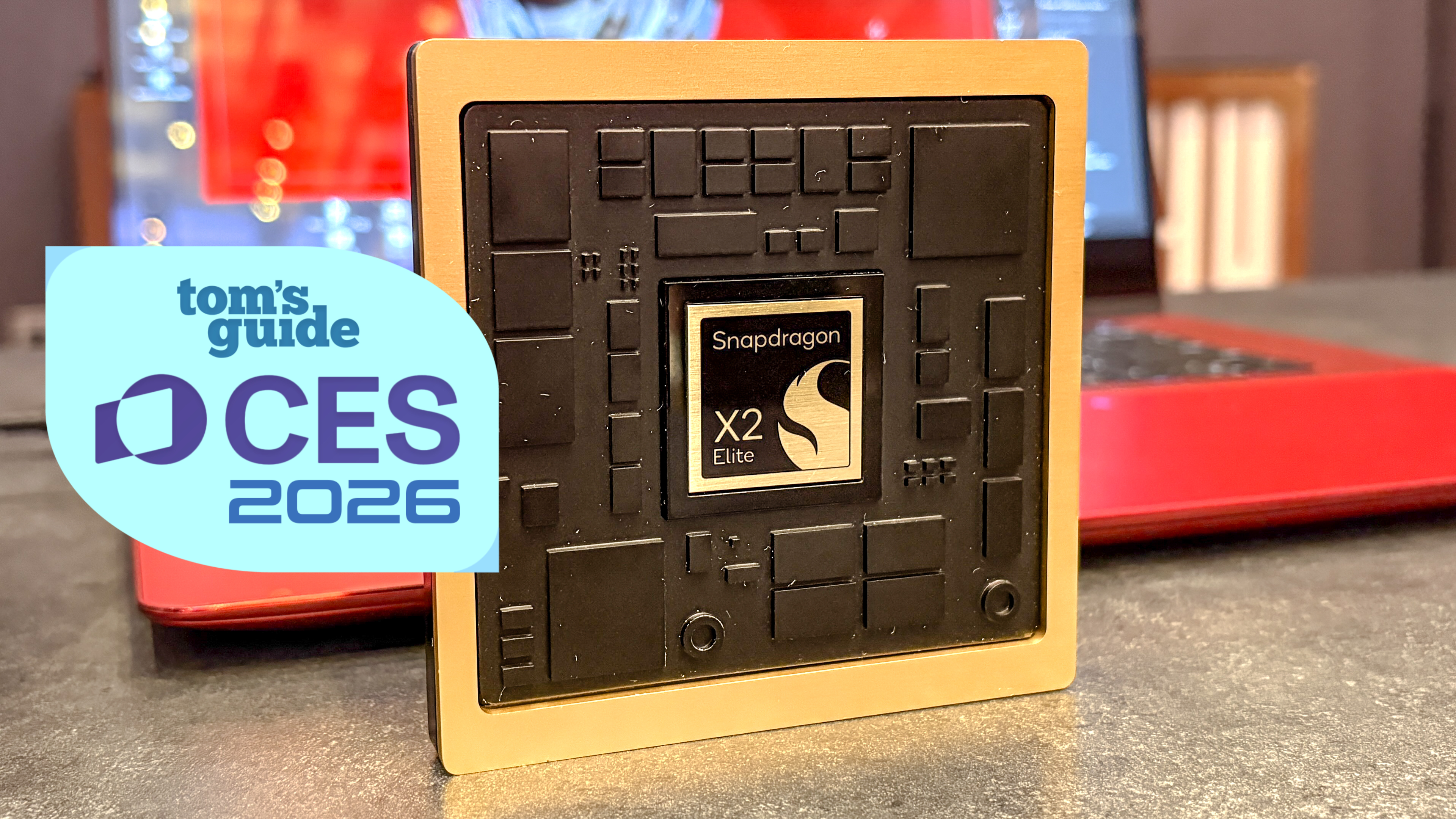Google Pixel 10 — 5 reasons to buy (and 2 reasons to skip)
Here's the arguments for and against Google's latest flagship
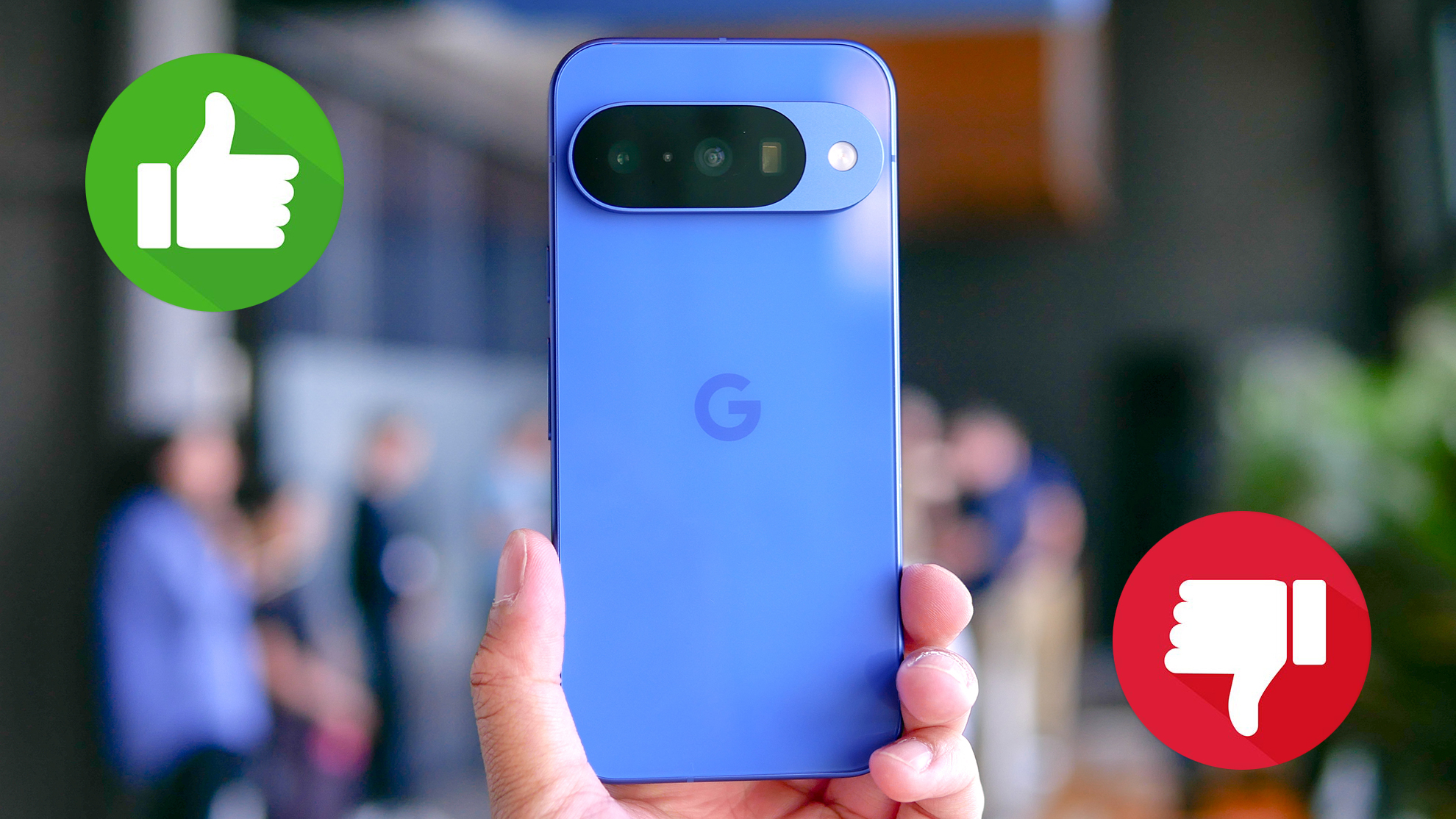
The Pixel 10 goes against the notion that phones these days don't change all that much from year to year. Yes, the latest flagship from Google shares a lot of elements with its predecessor, but a Google Pixel 10 vs. Pixel 9 comparison reveals some pretty significant upgrades, too.
In fact, the Pixel 10 offers enough new features to tempt would-be upgraders, particularly if your current phone is a few years old. And with Pixel 10 preorders now underway ahead of the phone's August 28 release, deciding whether or not to get a Pixel 10 should be at the top of your to-do list.
Our initial hands-on with the Pixel 10 found a lot to like about Google's new phone. But there's a couple reasons why you may want to look elsewhere for your next handset. While we put together a full Pixel 10 review, here are the reasons to buy the Pixel 10 as well as a few counterarguments on why you should consider taking a pass on this particular model.
Google Pixel 10: Reasons to buy
There's now a telephoto camera
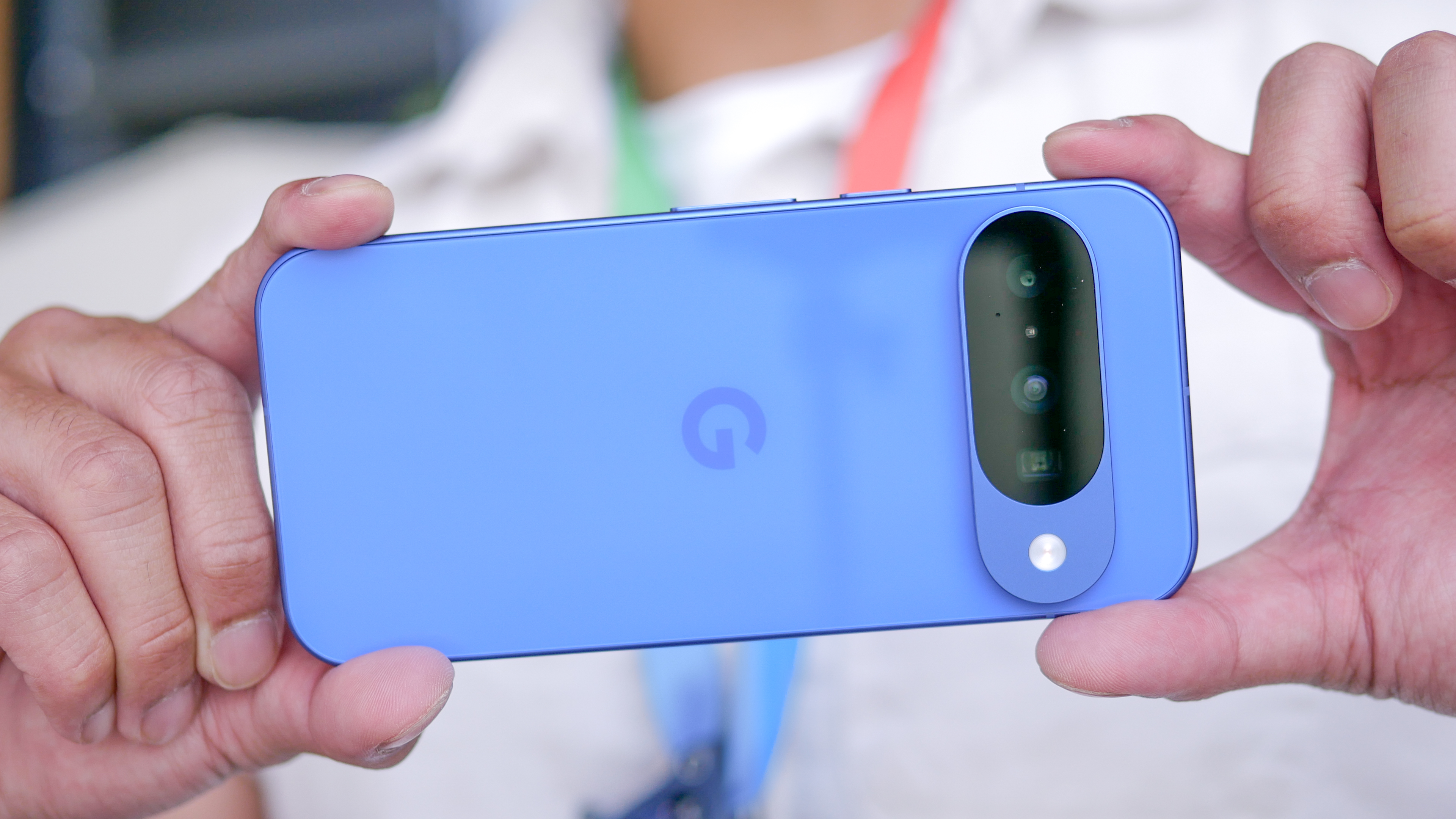
In recent years, if you wanted a dedicated zoom lens on your phone, the only option with the Pixel was to upgrade to the pricier Pro models. The Pixel 10 lineup no longer forces your hand, though, as Google has included a 10.8MP telephoto lens on the entry-level model. Even better, the Pixel 10 can support the same 5x optical zoom found on the Pixel 10 Pro models.
The arrival of that dedicated zoom lens puts the Pixel 10 in select company. Right now, the only other $799 flagship to come with a zoom lens is the Galaxy S25. And Samsung's phone is limited to a 3x optical zoom, so the Pixel tops it there.
Yes, Google's Super Res Zoom has done a pretty job of mimicking a zoom lens, and phones like the iPhone 16 use a high-resolution main camera to approximate a 2x optical zoom. But there's no beating a dedicated lens for crisper, more detailed zoom shots. And adding one to the Pixel 10 makes it a more versatile camera phone.
Better AI photo editing tools

You're likely considering a Pixel purchase because of Google's track record producing some of the best camera phones. And new AI-powered capabilities on board the Pixel 10 should go a long way toward making your photos look even better.
Get instant access to breaking news, the hottest reviews, great deals and helpful tips.
One of the more impressive capabilities is a new Ask Photos feature where you can tell the Gemini assistant exactly what kind of changes you want to make, and those edits will be made for you. You can use Ask Photos to do everything from removing reflections from shots to changing the outfit you're wearing. It makes sophisticated photo edits as simple as typing out or speaking instructions.
But that's not the extent of the photo editing features at your disposal on the Pixel 10. Camera Coach shows you real-time options for improving your photos or taking very specific types of shots when you're trying to capture an image. And Auto Best Take taps into AI to make sure everyone in a photo is looking their best, without requiring you to take multiple shots that can be combined into one.
Magic Cue

The AI features powered by the Pixel 10's Tensor G5 chipset go beyond photo editing to tackle other tasks. And one of the most impressive we've seen demoed thus far is Magic Cue.
Magic Cue automatically surfaces information you need when you're on a phone call, replying to an email or texting someone. Let's say a friend asks you via text when they need to pick you up at the airport; Magic Cue will automatically search through your phone to find your flight itinerary from an email and bring up that info in a bubble that you can then use to formulate a reply.
If it works as advertised, all this data retrieval happens without any intervention on your part. Essentially, your Pixel will be able to anticipate exactly what you need and bring it to your attention when you need it. That's truly useful AI that makes your phone a much more valuable tool at helping you handle your day-to-day business.
A brighter screen

Get the Pixel 10, and you'll still have the same 6.3-inch display that the Pixel 9 featured. But for this version, Google is boosting the peak brightness.
Specifically, the Pixel 10 promises a peak brightness of 3,000 nits, an uptick from the 2,700-nit peak the Pixel 9 promised. In our testing, the Pixel 9 got up to 1,769 nits, and that's bright enough to see in direct sunlight. The Pixel 10 screen should be even more visible, assuming it can top that mark.
Potentially better battery life
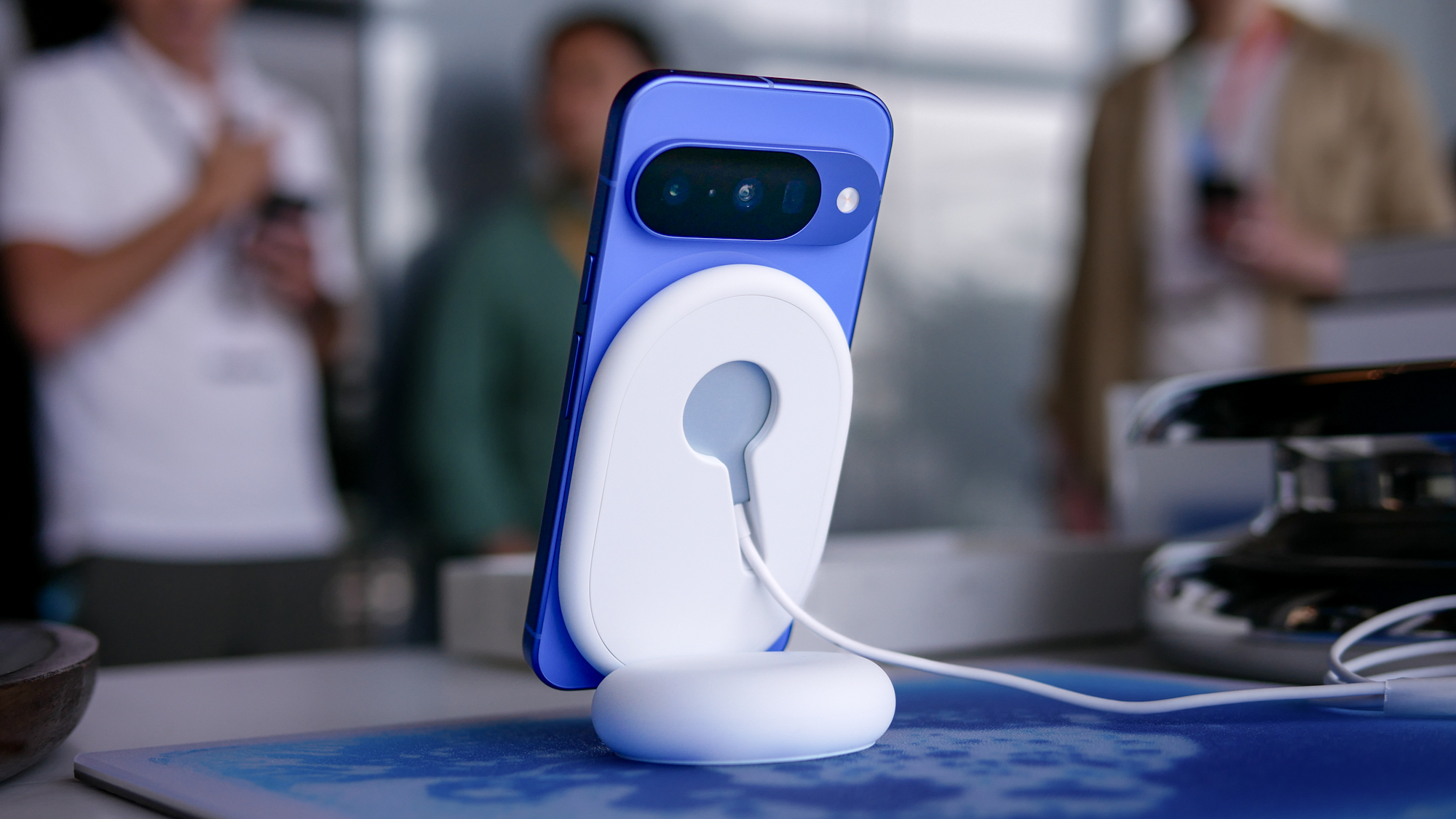
Pixel phones have been making progress when it comes to lasting longer on a charge, but there's still more work to be done. From the Pixel 10 specs, though, it sounds like Google's latest phone stands a good chance of continuing that momentum.
First of all, the 4,970 mAh battery in the Pixel 10 is larger than the 4,700 mAh power pack that the Pixel 9 relied on. The Tensor G5 chipset powering the new phone is also built on a 3nm process, as opposed to the 4nm Tensor G4. That means the transistors are packed closer together, which helps make the chip manage power more efficiently.
Those changes figure to help the Pixel 10 improve upon the Pixel 9's average time of 12.5 hours in our battery test, where phones surf the web until they run out of juice. That's about 2 hours better than the average smartphone, so any improvement from the Pixel 10 would be a welcome one.
Google Pixel 10: Reasons to skip
The Pro models have more powerful features

The new telephoto camera puts the Pixel 10 on more level terms with Google's Pro models, but make no mistake — you still get more by going Pro.
Both the Pixel 10 Pro and Pixel 10 Pro XL support a Pro Res Zoom feature that supports 100x zooms; the Pixel 10 and its Super Res Zoom top out at 20x. You also get more sophisticated video features with the Pixel 10 Pro, including 8K video capture, Night Sight video and Video Boost for elevating colors, lighting and details in your footage. Pixel 10 Pro models also come with a year of Google AI Pro.
If any of those features matter to you, the Pixel 10 will fall short of what you need.
Tensor G5 likely to lag behind other silicon
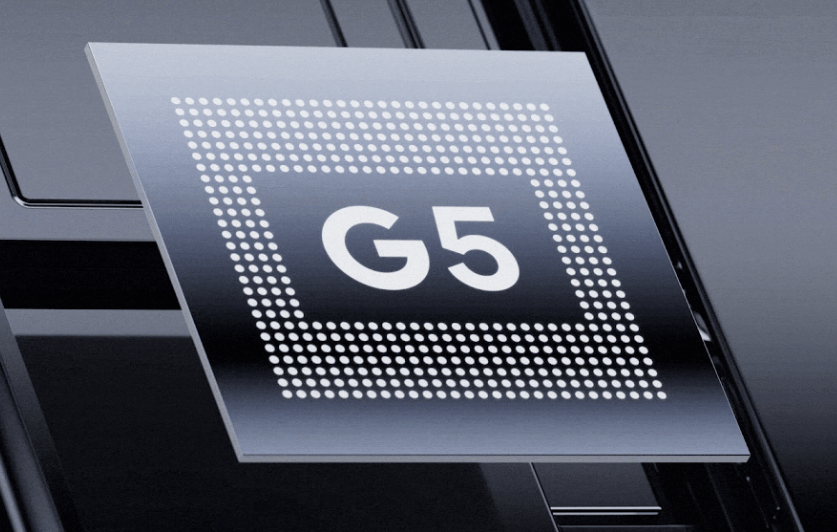
Let's be clear about a few things up front: The Tensor G5 should deliver improved performance over the Tensor G4. In fact, Google's promising a 34% boost to the CPU.
Even so — and with the caveat that we'll need to test the Pixel 10 to confirm this — the Tensor G5 isn't likely to match the performance provided by the Snapdragon 8 Elite silicon that powers many of the best Android phones. It's likely to lag behind Apple's A18 chipsets as well, to say nothing of the A19 silicon set to debut with the iPhone 17 lineup this fall.
That may not matter to some people, as past Pixels have lagged behind flagship phones from Samsung, Apple and OnePlus in CPU and graphics testing, even while Google's phones can handle most everyday tasks, including graphically-demanding games. In terms of real world performance, you may not notice a Tensor chip's relative pokiness when put up against other chips. But if you want the absolute fastest performance from a smartphone, the Pixel is still unlikely to unseat the champs.
Google Pixel 10 outlook
There's plenty to like about the Pixel 10, including the fact that Google has kept the starting price the same as the $799 it charged for the Pixel 9. Throw in the improved cameras, bigger battery, brighter display and new AI capabilities, and it's quite a compelling option — assuming you don't need the features found in a more premium device.
More from Tom's Guide
Philip Michaels is a Managing Editor at Tom's Guide. He's been covering personal technology since 1999 and was in the building when Steve Jobs showed off the iPhone for the first time. He's been evaluating smartphones since that first iPhone debuted in 2007, and he's been following phone carriers and smartphone plans since 2015. He has strong opinions about Apple, the Oakland Athletics, old movies and proper butchery techniques. Follow him at @PhilipMichaels.
You must confirm your public display name before commenting
Please logout and then login again, you will then be prompted to enter your display name.

